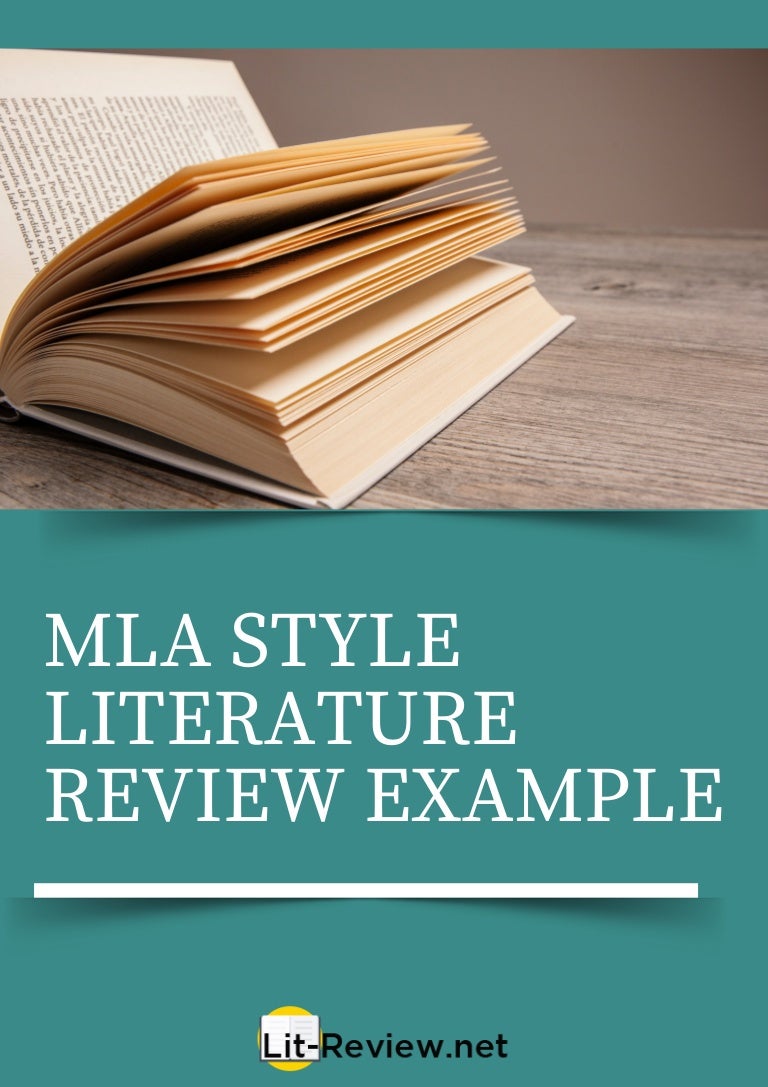The MLA Style Book Review occupies a crucial niche within the vast expanse of literary critique. It is a uniquely structured form of analysis that blends scholarly rigor with personal insight, allowing readers not only to grasp the essence of a literary work but also to delve into its subtleties and implications. Understanding how to craft a compelling MLA style book review entails more than simply summarizing the narrative; it involves a deep engagement with the text, exploring its thematic intricacies and the author’s stylistic choices. Let’s embark on an exploration of the MLA style book review, delineating its form, function, and the myriad factors that fuel its fascination.
At its core, an MLA style book review is predicated on a structured format that honors the traditions of academic writing. The Modern Language Association (MLA) stipulates specific guidelines that enhance clarity and coherence. Each review typically begins with a bibliographic citation, designed to provide essential information about the book, including the author, title, publisher, and publication date. This foundational element creates a jumping-off point for readers who wish to explore further.
After the bibliographic citation comes the introduction, which sets the tone for the ensuing critique. A compelling introduction does more than simply state what the book is about; it captures the reader’s attention by hinting at the larger themes and questions that the text invokes. Herein lies a key observation: many reviews falter in this stage. They often focus too heavily on summary rather than engaging with the underlying nuances. Effective reviews act as a bridge to deeper inquiry, inviting readers to ponder the significance of literary choices within the broader cultural or historical context.
Transitioning into the body of the review, one encounters the intricate dance of summary and analysis. The summary portion serves to outline the central plot points or arguments of the book, but it should be presented succinctly—mere paraphrasing often fails to engage. Instead, the savvy reviewer highlights pivotal moments that resonate with the main themes, thus providing a focused lens through which the narrative can be evaluated. For instance, in a review of a novel rich with allegorical layers, a simple summary can devolve into a mere recounting of events; the reviewer must excavate those layers to reveal the author’s intent, shedding light on the socio-political implications embedded in the text.
Analysis is where the true art of the review emerges. Here, reviewers must wield their critical faculties to dissect various elements: character development, motif recurrence, narrative structure, and even the interplay of language. Questions arise: What choices did the author make, and what impact do these choices have on the reader’s understanding? Consider the use of symbolism in a pivotal scene. A discerning review might explore how these symbols elevate the thematic aspirations of the work and provoke deeper reflection on the human condition.
One compelling aspect of the MLA style book review is the inherent subjectivity that allows for personal voice and interpretation. While the foundation is built upon analytical rigor, the unique perspective of the reviewer adds a layer of depth to the analysis. This subjectivity invites a rich tapestry of interpretations, encouraging readers to confront their own biases while engaging with the work. It fosters a dialogue that transcends the written word, igniting conversations that linger long after the pages have been turned.
The conclusion of the review synthesizes the insights gleaned from the analysis. It encapsulates the essence of the reviewer’s engagement with the work, often reiterating core themes or insights while encouraging readers to reflect on their own experiences. It is here that the reviewer can also pose thought-provoking questions, inviting an ongoing exploration of the text’s relevance. This aspect of closure not only signals the end of the review but can also catalyze future discourse among readers who wish to explore the ideas presented further.
It is essential to consider the broader implications of the MLA style book review. In an age where digital discourse dominates, and readers may be inundated with reviews that lack depth, the MLA format stands as a bastion for thoughtful composition. The rigor associated with this style pushes reviewers to ponder the implications of their analyses both for themselves and for their audience. This structured approach inspires a deeper literary appreciation—a tendency to linger over language, an impulse to question motivations, and an appreciation for narrative craft.
Moreover, the practice of engaging with texts through the lens of an MLA style book review encourages the development of critical thinking skills that extend far beyond literature. Reviewers refine their ability to articulate complex thoughts, strengthening their capacity to navigate various forms of discourse, whether in academic settings or casual exchanges. This intellectual exercise fosters creativity and sharper insight, allowing individuals to approach not only literature but the world at large with a refined and curious mindset.
In sum, the MLA style book review is a multifaceted undertaking. It is an invitation to dive beneath the surface of literary works, exploring the complex interplay of narrative constructs and thematic exploration. As readers engage with these reviews, they embark on a journey that is both personal and universal, reflecting broader societal contexts while navigating the intricacies of the human experience. Thus, the allure of the MLA style book review lies not just in its academic rigor, but in its capacity to ignite fascination, provoke thought, and inspire a deeper connection with literature. The art of the review, when executed with passion and precision, becomes a powerful conduit for understanding and interpretation. In an ever-evolving literary landscape, the importance of this form remains undiminished, continuing to captivate minds and hearts alike.
